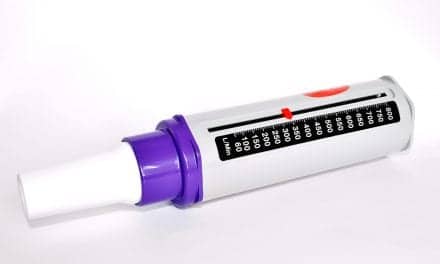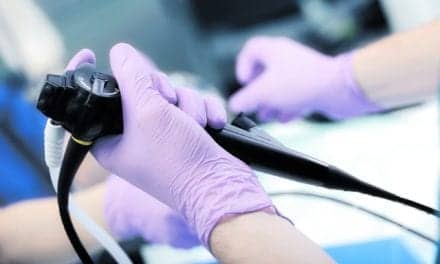German researchers have discovered a new way to get an accurate determination of lymph node status in patients with non-small cell lung cancer (NSCLC) before therapy using a virtual fly-through three-dimensional 18F-FDG PET/computed tomography (FDG-PET/CT) bronchoscopy. The study appears in the Journal of Nuclear Medicine and is one the first to deal with a virtual bronchoscopy program that integrates functional information and anatomical data.
To determine the effectiveness of virtual bronchoscopy, researchers performed whole-body 18F-FDG PET/CT scans on 61 consecutive NSCLC patients. From the data collected virtual 18F-FDG PET/CT bronchoscopies were reconstructed and diagnostic accuracy of detection of regional lymph node metastases was evaluated using the 18F-FDG PET/CT scans as a standard of reference. The researchers measure the mean duration time from the start of the virtual bronchoscopy until the images were displayed, maximum standardized uptake value (glucose metabolic activity) (SUVmax), SUVmean, short-axis diameter, and the distance of the airways of the regional lymph nodes.
Results of the virtual fly-through bronchoscopy showed that the diagnostic accuracy for the detection of lymph node metastases was 81%. The mean duration from the start of the virtual 18F-FDG PET/CT bronchoscopy tool until image display was 22 seconds, and the mean smallest diameter of accessible bronchi was 3 mm. The differences in the SUVmax, SUVmean, short-axis diameter, and distance to the airways among both true and false positive and true and false negative lymph nodes also were statistically significant. As such, the researchers concluded that virtual 18F-FDG PET/CT bronchoscopy enables non-invasive fly-through—even in relatively small airways in the periphery of the lung—with high diagnostic accuracy.
According to the researchers, as a complement to PET/CT imaging the software may be used in the future to virtually visualize the bronchial system before interventional procedures, to plan optical bronchoscopies and define regions where a bronchoscopy-guided biopsy may be most promising for sampling of malignant tissue.
“With the virtual fly-through three-dimensional 18F-FDG PET/CT bronchoscopy, nuclear medicine physicians may be able to present images that better meet the needs of the referring clinicians, as the tool simulates the bronchoscopic view a pulmonologist is accustomed to,” said Till A. Heusner, MD, senior author of the study and a member of the medical faculty at University of Düsseldorf, Germany. “This technique may also improve the process of acquiring tissue samples for characterization with emerging molecular diagnostics that can guide application of new targeted therapies in lung cancer.”
Source: Society of Nuclear Medicine









